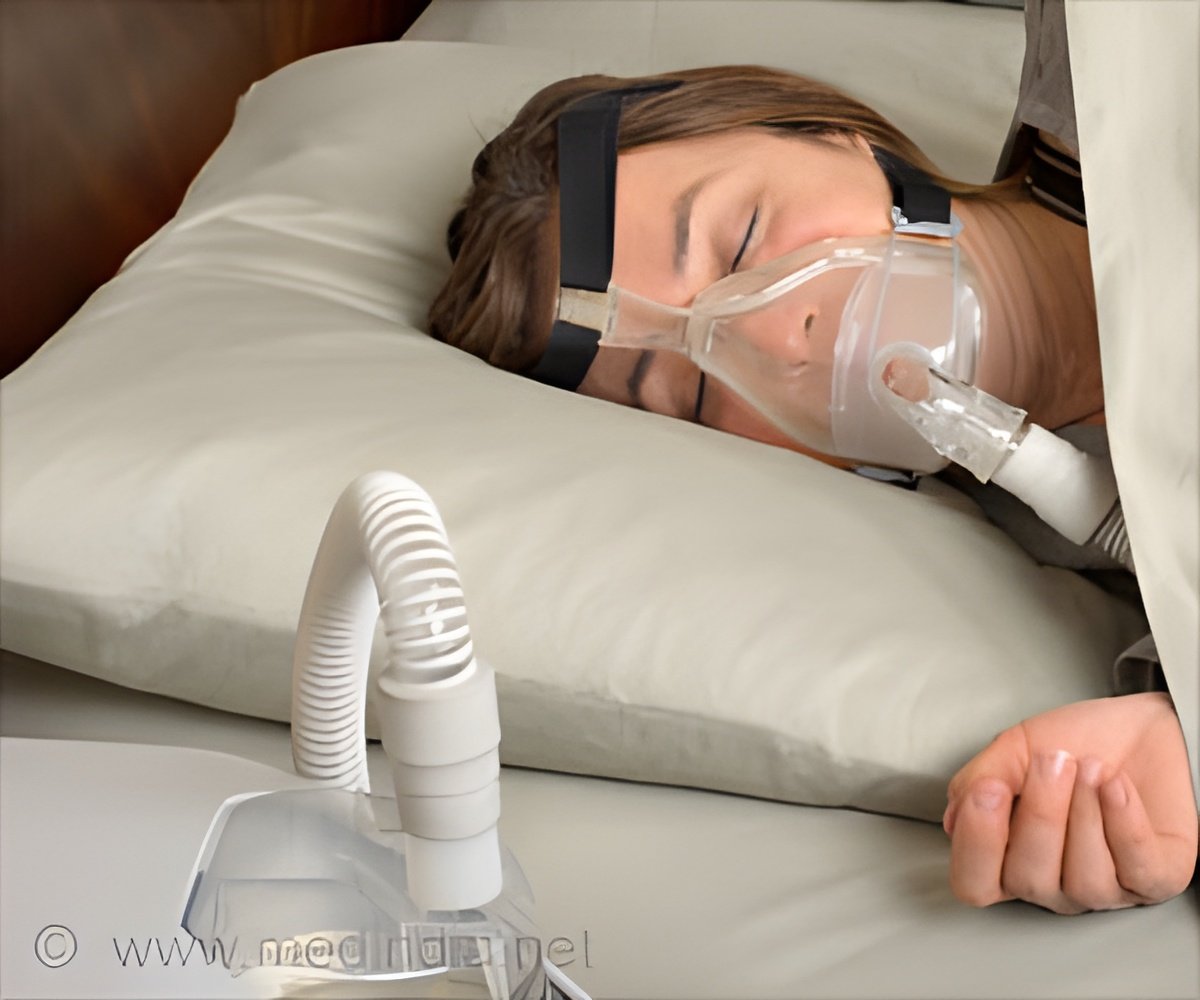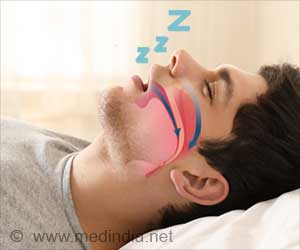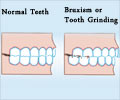Dentists are now pivotal in detecting sleep disorders like obstructive sleep apnea, using key indicators and screening tools to prevent severe health complications.

From Cavities to Sleep Apnea: Dentists Can Assume New Role in Saving Lives
Go to source).
Role of Dentists: Key Indicators and Screening Tools for Sleep Disorders
The review challenges dentists to look beyond teeth and gums, recognizing their potential to significantly impact patient health. "We have a great opportunity to change lives for the better," said Davis Thomas, a clinical associate professor at the Rutgers School of Dental Medicine and senior author of the review. "Dentists can be the first line of defense in identifying sleep disorders."TOP INSIGHT
Dentists could save lives by detecting sleep disorders early! #dentalhealth #sleepdisorders #medindia
One such screening tool is the STOP-BANG questionnaire, which assesses for snoring, tiredness, observed apnea, blood pressure, body mass index, age, neck size, and gender. By incorporating these tools into their practice, dentists can significantly increase their ability to identify patients at risk for sleep disorders.
Addressing the Root Cause: A New Protocol for Dentists to Tackle Sleep Disorders
For years, teeth grinding (bruxism) has been primarily attributed to dental misalignment. However, the review suggests that it's often a symptom of underlying sleep issues. This shift in perspective emphasizes the importance of addressing the root cause of sleep disorders, rather than simply treating the symptoms.By identifying patients at risk for sleep disorders, dentists can facilitate early intervention, potentially preventing complications such as hypertension, heart disease, and stroke. This could have far-reaching implications for public health.
To implement these findings, Thomas and his team propose a simple protocol for dental practices: Incorporate sleep-related questions into patient history forms, train dental staff to recognize physical signs of sleep disorders, and establish referral networks with sleep medicine specialists.
By embracing their new role as frontline defenders against sleep disorders, dentists can make a significant contribution to improving the health and well-being of their patients.
- From Cavities to Sleep Apnea: Dentists Can Assume New Role in Saving Lives - (https://www.rutgers.edu/news/cavities-sleep-apnea-dentists-can-assume-new-role-saving-lives)
Source-Medindia
 MEDINDIA
MEDINDIA




 Email
Email










